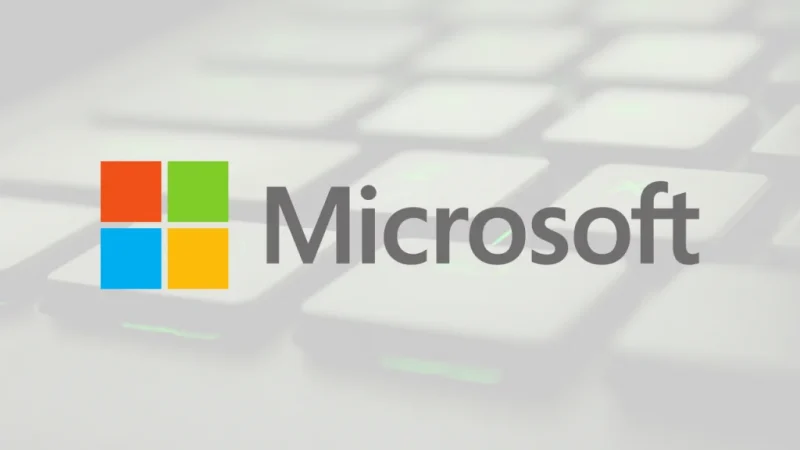Microsoft, in collaboration with California-based Atom Computing, has announced a major breakthrough in quantum computing that could reshape the future of blockchain mining. This development may lead to a transformation in proof-of-work (PoW) mechanisms, potentially making them quantum-exclusive.
New Milestone in Quantum Computing
The joint team has achieved a record-breaking 24 entangled logical qubits using just 80 physical qubits. This remarkable efficiency challenges prior assumptions, which suggested thousands of physical qubits would be required to produce a single logical qubit.
This achievement significantly advances the scalability of quantum systems, indicating that companies like Microsoft and Atom Computing could be closer to building highly scalable quantum computers than previously thought.
Quantum Threat to Classical Blockchain Mining
Quantum computing has long been viewed as a potential disruptor to classical cryptographic systems. SHA-256 encryption, which powers Bitcoin’s proof-of-work mining process, is particularly at risk. Bitcoin miners solve complex cryptographic puzzles to validate transactions and add blocks to the blockchain. These puzzles are designed to be challenging, with the difficulty adjusted periodically to maintain a consistent block generation rate of about 10 minutes.
Quantum computers, armed with algorithms like Grover’s Algorithm, could upend this process.
Grover’s Algorithm: A Game-Changer for Blockchain
Grover’s Algorithm theoretically provides a quadratic speedup over classical brute-force search methods. Applied to SHA-256 encryption, it could reduce the effort required to mine Bitcoin blocks significantly.
Currently, Grover’s Algorithm remains a theoretical threat because it requires quantum hardware with hundreds or thousands of error-corrected logical qubits to function effectively. However, recent advancements by Microsoft and Atom Computing bring such capabilities closer to reality.
Quantum Mining vs. Classical Mining
Mathematical models suggest that with about 3,000 logical qubits, quantum mining rigs could surpass classical mining pools in solving cryptographic puzzles at scale. The unique features of quantum computing, such as superposition and interference, amplify this advantage, potentially rendering classical mining obsolete.
Although analysts predict quantum computers capable of such feats may still be 10 to 50 years away, Microsoft and Atom Computing’s progress could accelerate this timeline.
What’s Next for Quantum Computing?
Atom Computing aims to release a 1,000-qubit quantum computer by 2025, a significant step toward realizing practical quantum mining systems. While the exact timeline for quantum supremacy in blockchain mining remains uncertain, these advances suggest the industry could see meaningful progress much sooner than expected.
If quantum mining becomes feasible, it could revolutionize blockchain networks and disrupt the current mining landscape. This transformation may require blockchain developers to explore quantum-resistant encryption methods to ensure network security in the quantum era.
